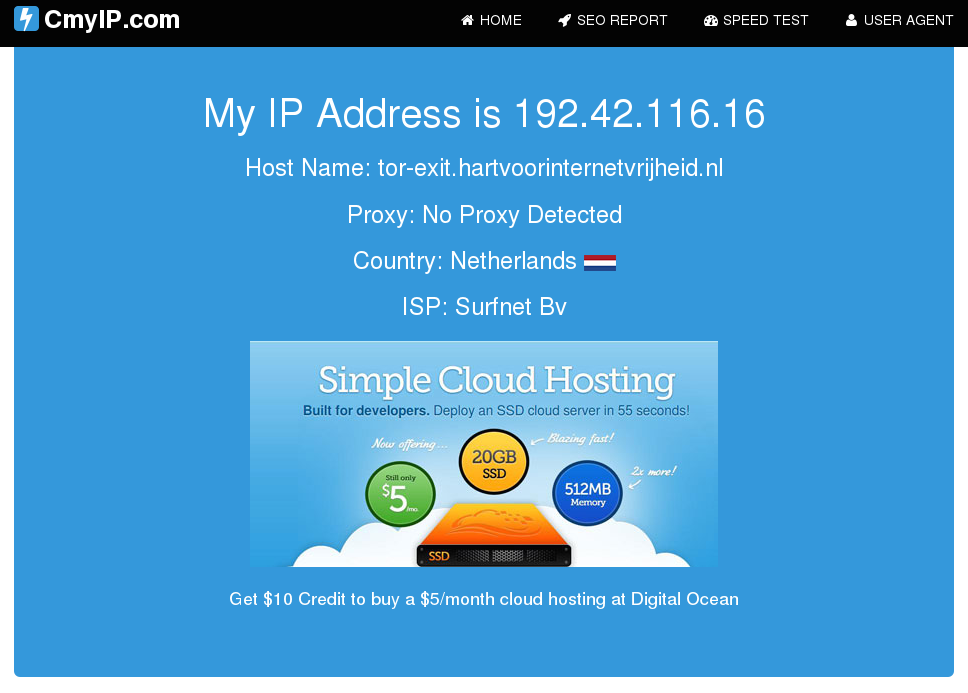This is one of the ways I use to view some links which are currently blocked by my ISP.
I do all the restricted browsing using Kali Linux. I hope you have heard of this version, you can find more info about this OS >>
Here . It is an interesting playground and is bundled with extensive tools which can be used to
"explore" the world around you... well be careful while exploring though ;-)
My System :
- Host Machine : MacBook Air
- Host OS : OS X Yosemite (10.10.1)
- Guest OS : Kali GNU/Linux
- VM Software : Virtual Box 4.3
Configuring ProxyChains :
- ProxyChains work on TOR (Details about TOR : Here ) so you need to check if tor is currently installed and running on the system. There are several ways to do it , 1-
- Check if the tor file exists : ls -l /etc/init.d/tor
- Run this command and see if you you see any active listening ports :
- If ProxyChains is not available, you will have to install the package using the below command:
- Once it is installed, you will have to start the service using the command below :
- Now you have to check if this has been started properly, and to confirm the port on which it has started. For that you have to re-use the command "netstat -tanp |grep tor", normally this service starts on port 9050
- Now once you have TOR all set, some configurations you might want to consider for using proxychains :
- open the proxychains.conf : vi /etc/proxychains.conf
- Unhash dynamic_chain and random_chain parameters
- add new socks4/socks5 proxies, you can get a list from : Here
- Make sure you do not remove the loopback address from the proxy list, and the TOR port should be same as the port here
- Save and close the file
- Now open Firefox, change the proxy settings to 127.0.0.1 and port 9050, save and close
- Testing : Open the site www.cmyip.com, you will now be hidden behind some other ip. If it still shows your public IP, there is a problem with your configuration.
- Testing : From command line , give the command as below -
- proxychains firefox www.cmyip.com , it will show you some other IP. (e.g as the snapshot below, I am not in Netherlands for sure :-D)

Another one, pointing to swiss..
I suppose the settings would be the same for other distributions of linux, happy to help if any concerns.


